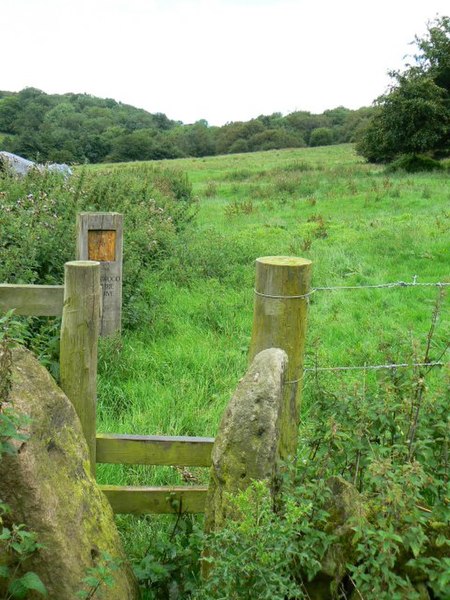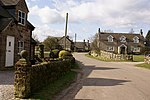Thorswood
Forests and woodlands of StaffordshireNature reserves in StaffordshireParks and open spaces in StaffordshireSites of Special Scientific Interest in Staffordshire

Thorswood is a nature reserve of the Staffordshire Wildlife Trust, situated in the Weaver Hills near the village of Stanton, in Staffordshire, England. It is a Site of Special Scientific Interest.
Excerpt from the Wikipedia article Thorswood (License: CC BY-SA 3.0, Authors, Images).Thorswood
Blakelow Lane, East Staffordshire Stanton
Geographical coordinates (GPS) Address Nearby Places Show on map
Geographical coordinates (GPS)
| Latitude | Longitude |
|---|---|
| N 53.02 ° | E -1.832 ° |
Address
Blakelow Lane
Blakelow Lane
DE6 2BY East Staffordshire, Stanton
England, United Kingdom
Open on Google Maps







